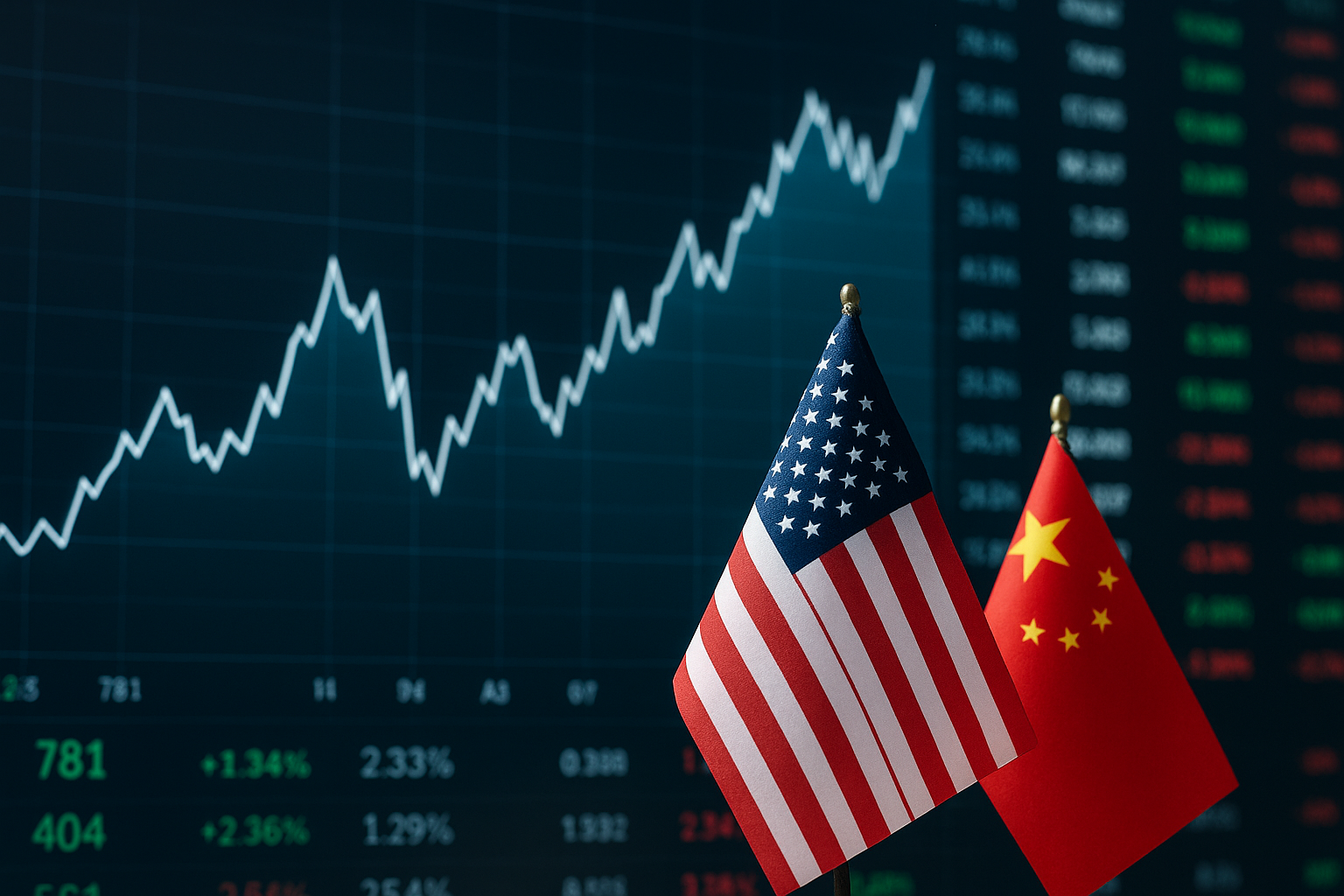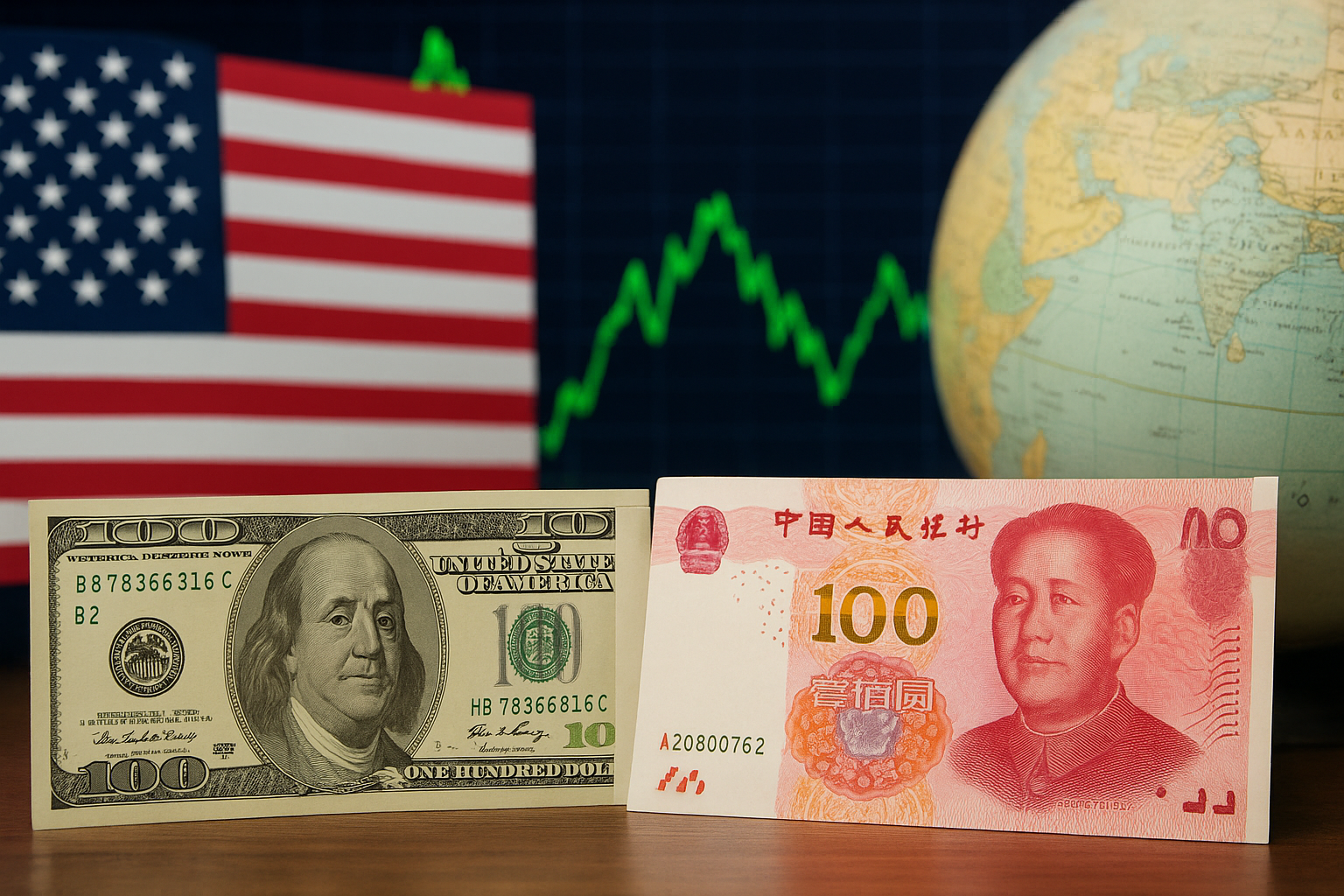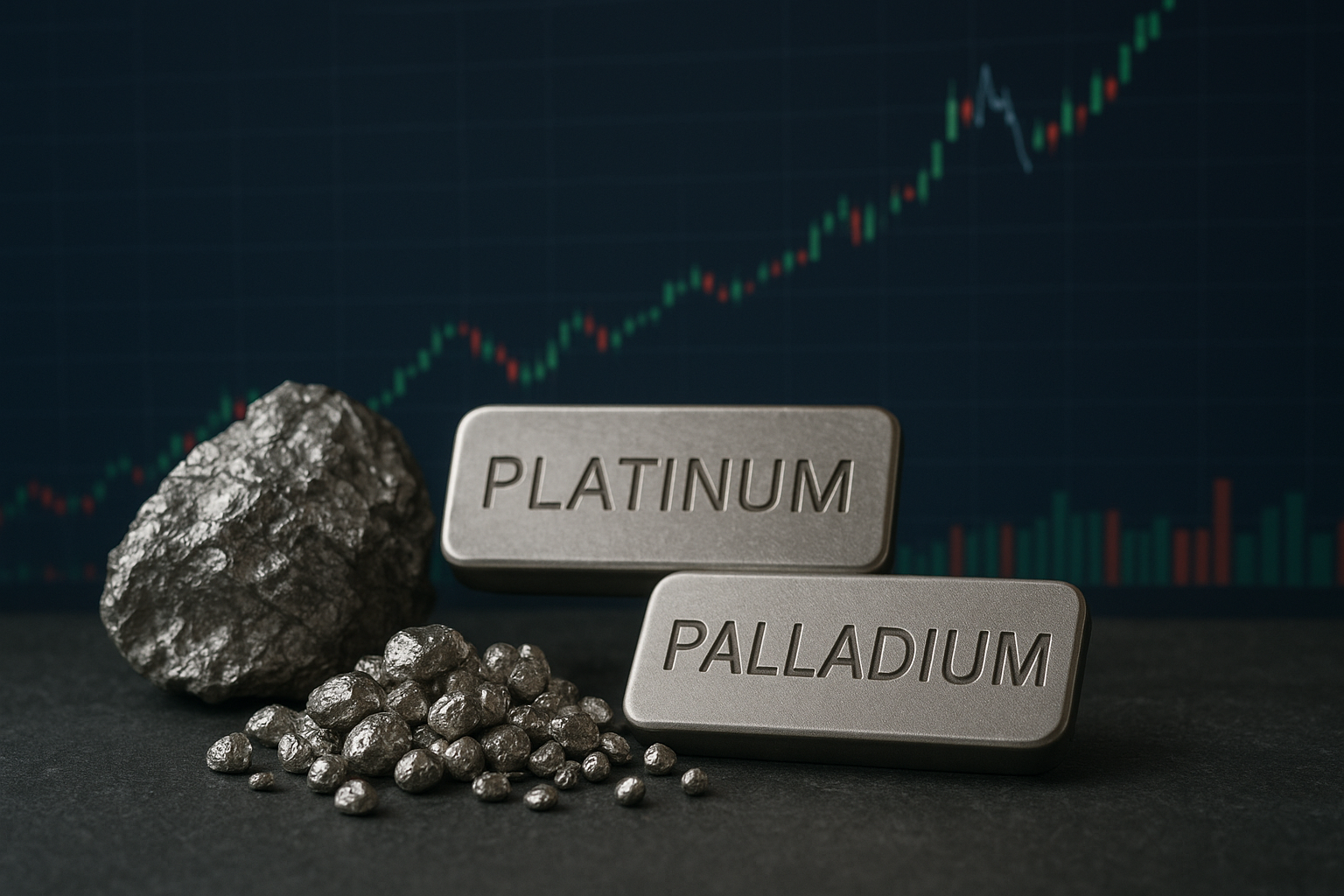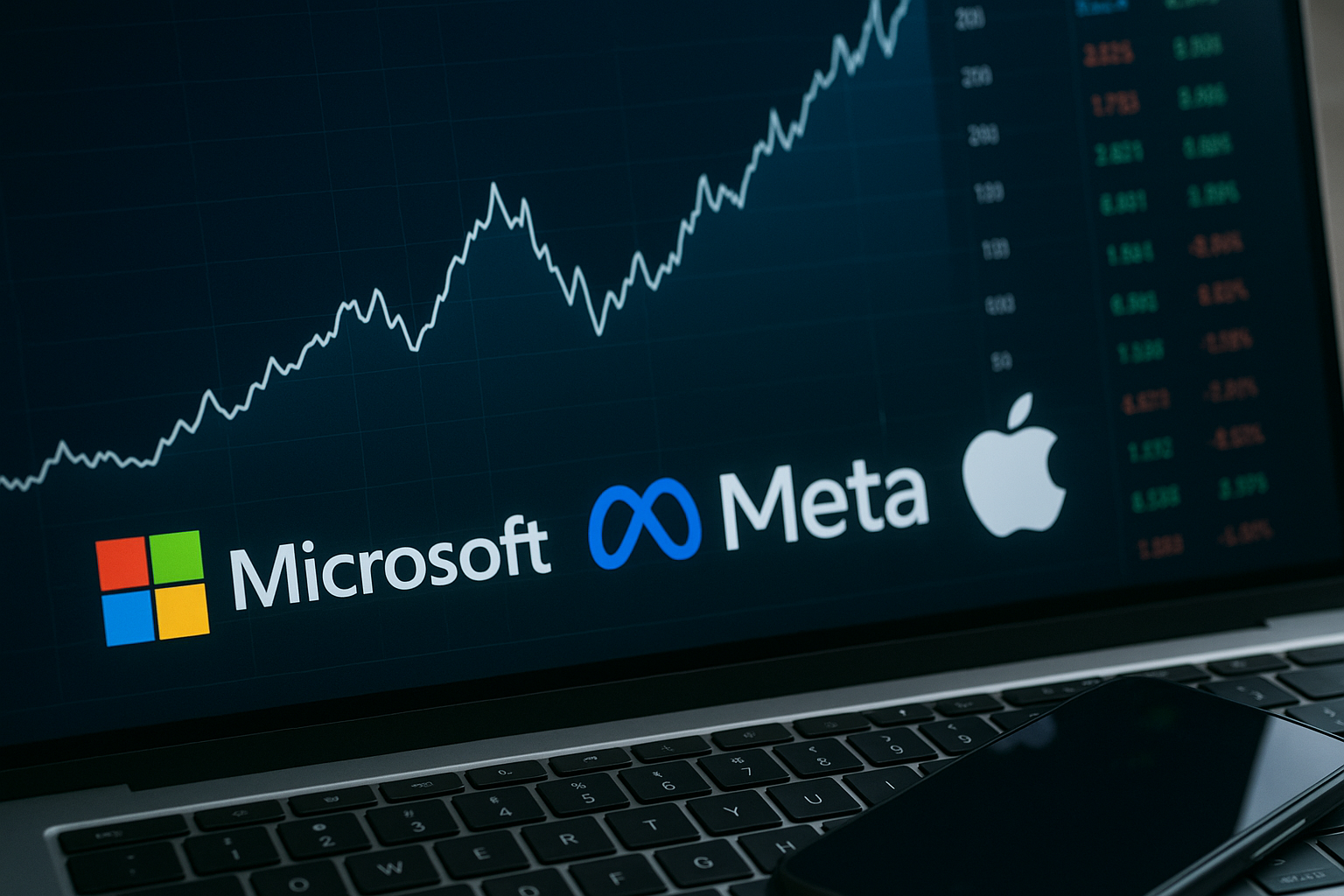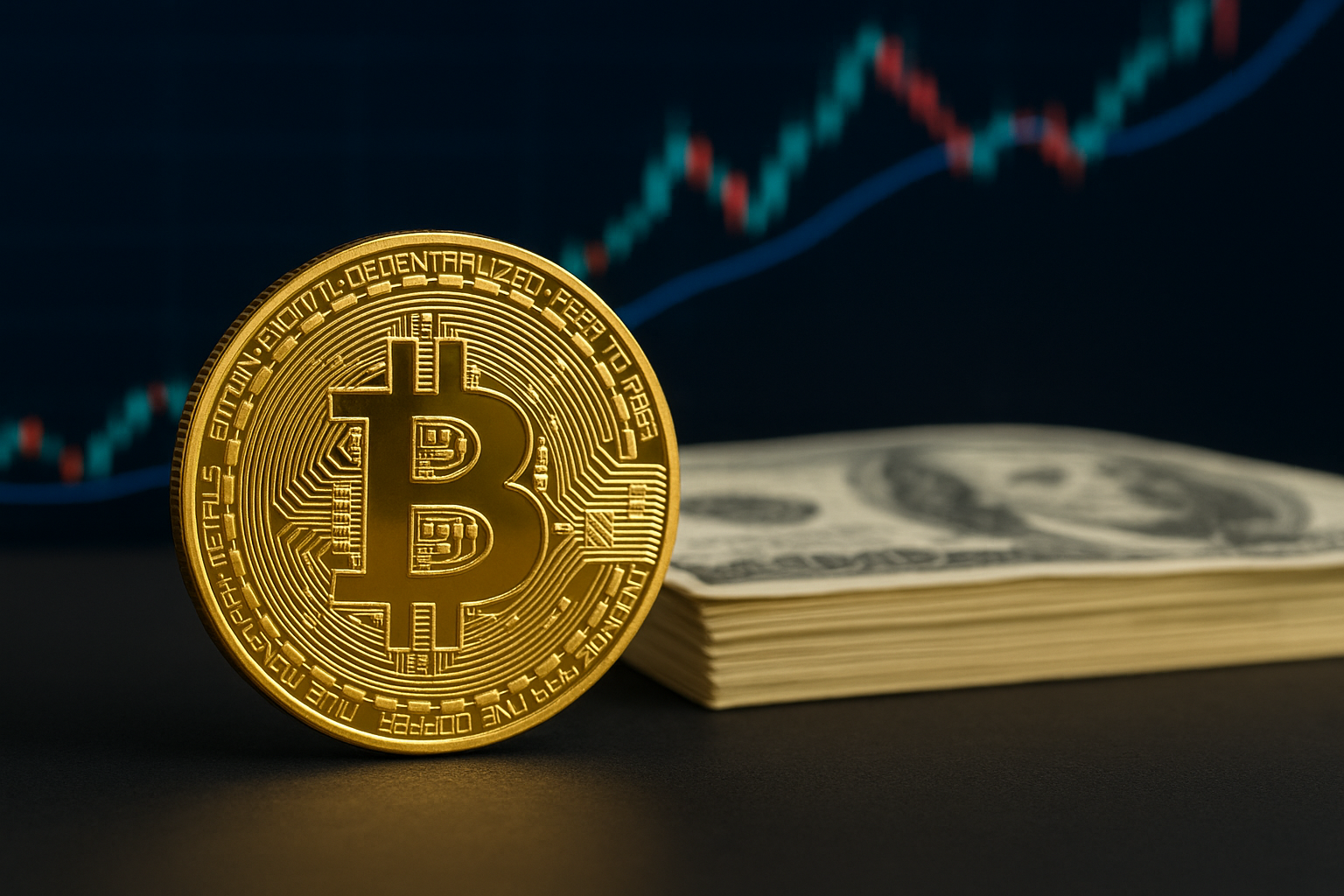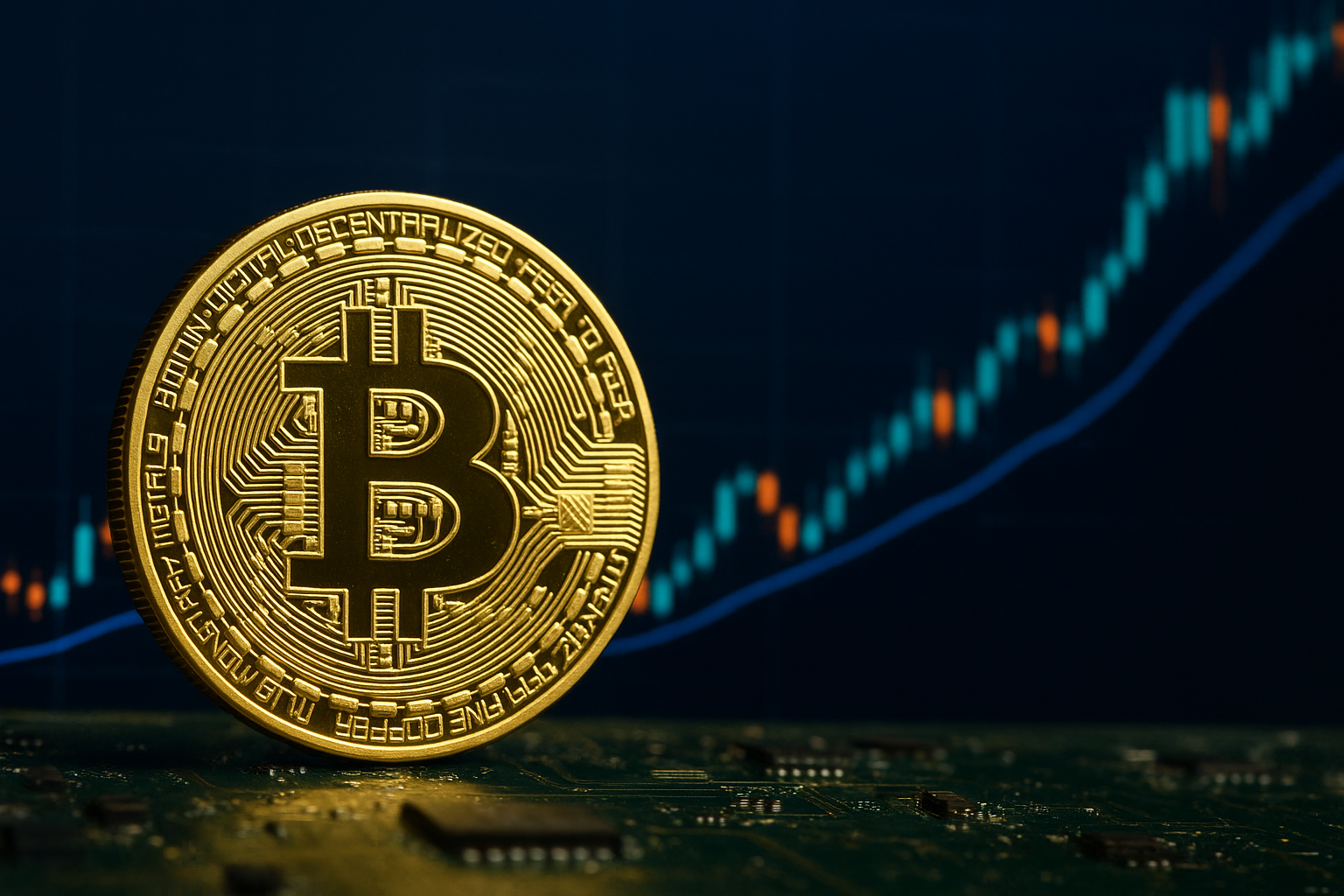Global markets kicked off the week with renewed vigor as hopes for a breakthrough in U.S.–China trade negotiations ignited investor optimism worldwide. Major equity indices from New York to Shanghai posted solid gains Monday, while traditional safe havens such as gold and government bonds saw outflows—a classic signal of a “risk-on” rotation. With a high-level summit reportedly in the works, traders are positioning for what could be the most consequential development in trade relations since 2019.
Trade Winds Shift the Market Mood
According to Bloomberg, U.S. stock futures climbed sharply in early Monday trading after reports suggested that U.S. and Chinese officials had agreed to advance a draft framework aimed at easing long-standing tariffs and export restrictions. The optimism rippled through global markets, sending the S&P 500, Dow Jones Industrial Average, and Nasdaq Composite to fresh highs by midday. In Asia, the Hang Seng gained over 2%, while the Shanghai Composite rose 1.5% as traders welcomed signs of stabilization in bilateral ties.
“Markets are clearly embracing the possibility of reduced geopolitical friction,” noted analysts at Reuters, who highlighted that trade tensions had been one of the biggest drags on global capital flows this year. “A durable agreement could unlock corporate investment pipelines that have been frozen for years,” they added.
Gold prices, often viewed as a hedge against uncertainty, slipped more than 1% to near $2,320 an ounce, while the 10-year U.S. Treasury yield briefly touched 4.7%—its highest in nearly three weeks—as investors rotated out of defensive positions.
Why This Matters for Investors
For investors, the renewed trade optimism could mark a significant inflection point. As The Motley Fool observed, the global equity rally has been largely driven by hopes that fiscal and trade conditions will normalize, boosting corporate earnings and productivity growth. “This is a story about confidence,” the outlet wrote. “If companies begin to see trade stability, they’re more likely to deploy capital, hire, and expand supply chains.”
Cyclical sectors—such as industrials, consumer discretionary, and technology—stand to benefit most from an easing in tariffs and improved cross-border demand. Semiconductor and machinery manufacturers, which have been caught in the crossfire of export bans, could see renewed momentum if trade channels reopen. Meanwhile, global logistics and commodities firms could gain from higher trade volumes and improving manufacturing demand in Asia.
However, analysts warn that the rally could be running ahead of fundamentals. Despite the upbeat sentiment, valuations across major U.S. indices remain stretched, with the S&P 500 trading at over 21 times forward earnings—well above its 10-year average. If trade talks stall or inflation pressures re-emerge, the current rally could prove fragile.
Future Trends to Watch
Investors should watch for concrete policy signals from both Washington and Beijing in the coming weeks. According to Bloomberg Intelligence, a formal announcement of tariff rollbacks or technology-transfer agreements could serve as a catalyst for further upside in risk assets. Conversely, any sign of disagreement—particularly around intellectual property or data regulations—could swiftly reverse gains.
The next key event will be the Asia-Pacific Economic Cooperation (APEC) summit scheduled for mid-November, where top U.S. and Chinese officials are expected to meet. Markets will be watching closely for language indicating a shift from confrontation to cooperation. Beyond trade, broader macro factors—such as upcoming U.S. inflation data and the Federal Reserve’s December meeting—could also influence the sustainability of this rally.
Additionally, the global supply chain landscape is evolving. Should trade normalization persist, companies may accelerate “friend-shoring” strategies—expanding production into allied economies like Vietnam, India, and Mexico—to balance geopolitical risk. Investors should monitor these shifts for long-term allocation opportunities in emerging markets and logistics infrastructure.
Key Investment Insight
This week’s rally underscores how quickly investor sentiment can pivot in response to policy headlines. While the tone is clearly optimistic, seasoned investors should balance enthusiasm with caution. Opportunities may emerge in cyclical and export-driven sectors—especially technology, manufacturing, and logistics—but the prudent approach is to stay diversified. Consider maintaining exposure to global equities through ETFs while hedging with defensive assets like cash or short-duration bonds in case volatility returns.
As The Motley Fool emphasizes, “It’s rarely wise to chase a rally at its peak—but it’s often smart to prepare for the next rotation before it happens.” That means identifying undervalued global growth names poised to benefit if a U.S.–China thaw becomes reality.
Global trade diplomacy may finally be turning a corner—but markets will need proof before fully committing. For investors, the coming weeks could set the tone for the rest of the year’s positioning. Stay tuned with MoneyNews.Today for daily insights that cut through the noise and keep you ahead of the curve in a rapidly shifting global market.
